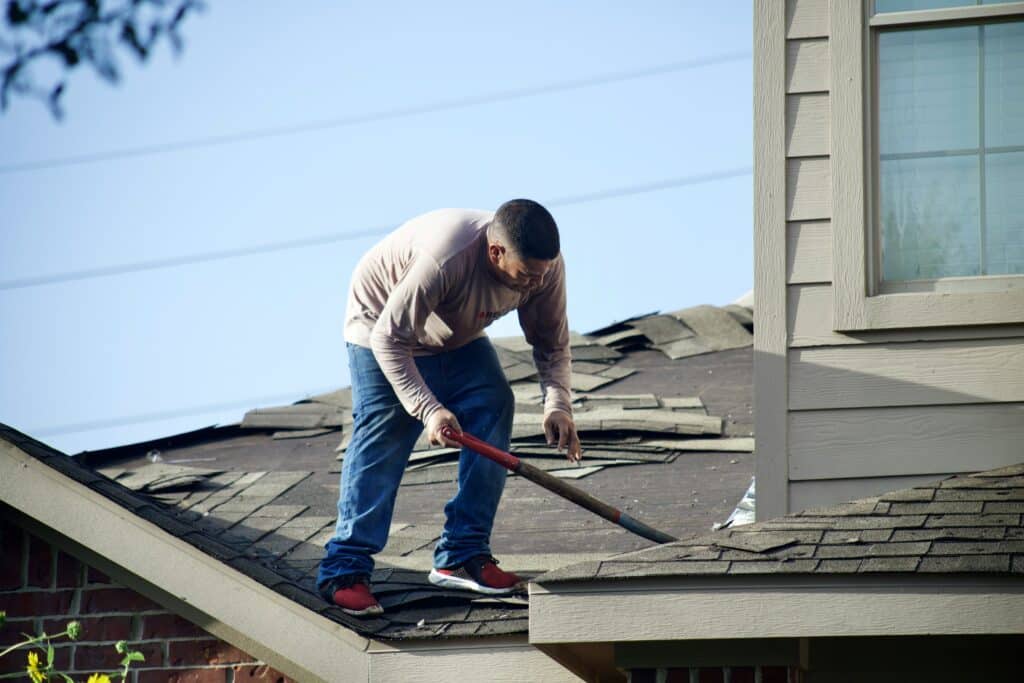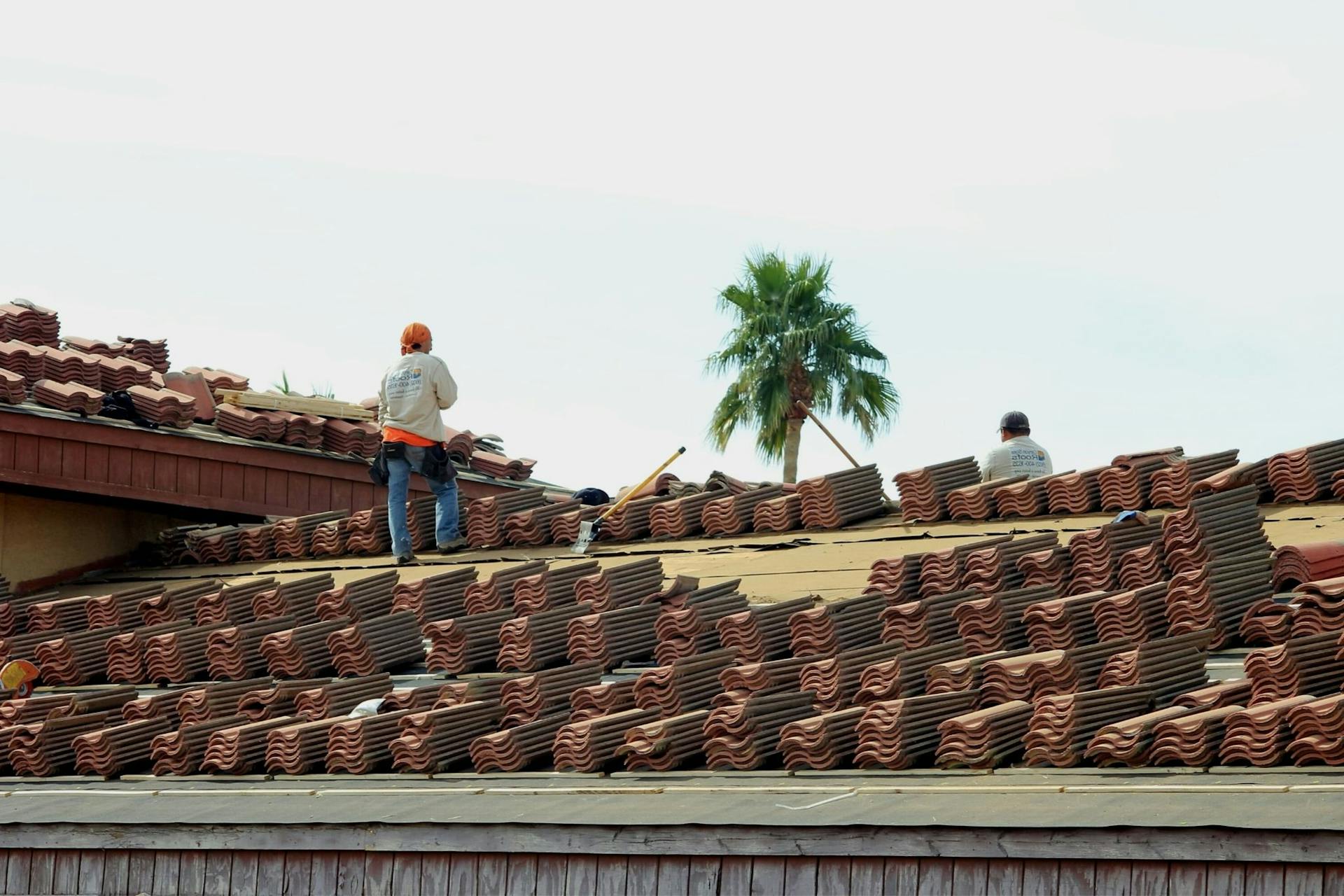As spring approaches and temperatures begin climbing, many Miami residents are already making plans to beat the summer heat. Air conditioning can be a major lifesaver in mainland America’s only major tropical city, but increasing energy prices are making homeowners scramble to find ways of offsetting cooling costs.
Energy efficiency has become the most dominant trend in home construction and remodels in response to rising prices. Builders emphasize the use of energy-saving options like dual-pane windows, upgraded insulation, and high-efficiency heating and cooling systems. While these additions can help blunt the impact of the summer sun, there’s one major factor that can make or break the energy costs for your home: the roof.
As the one part of the home that receives constant sun exposure, it should come as no surprise that the roof is the primary vector for heat to enter the home. Depending on its construction and material, your roof can make or break your efforts to create a truly energy-efficient home.
How Roofing Materials Impact Energy Efficiency
Roofs are composed of a wide variety of water-proof materials, each of which reacts to heat differently. Outside of physical makeup, the material’s color can also impact its heat retention and transference, as darker colors are more absorbent while lighter shades are more reflective.
Shingles
Shingles represent the most cost-effective roofing material solution and are typically made from industrial materials such as asphalt, plastic, or a composite of recycled materials. They are light, waterproof, and easy to work with, making them a quick and relatively inexpensive option for a roof replacement.
However, the lower capital cost does come with some drawbacks. The most common shingle materials are often highly temperature-absorbent and can hold onto the day’s heat well into the evening.
Thankfully, shingles come in a wide array of colors, which can help offset some of the heat absorption. For warmer climates like Miami, choosing a light grey, brown or red color for your shingle roof can help reduce cooling costs and help increase efficiency.
Tiles
Roofing tiles are a popular choice for many buildings constructed in warmer climates. The material used in their construction and the shape of the tile both contribute to a greater degree of heat dispersal.
The two most common roofing tile materials in the U.S. are clay and cement. Clay tiles are natural heat insulators, reflecting far more heat than they absorb. Cement tiles don’t have the same level of heat resistance, but their high thermal mass means it takes longer to heat and tend not to transfer that heat outside of the tile.
Commonly, roof tiles are manufactured using a barrel shape that looks like a series of interlocking semicircles once installed. This barrel shape increases airflow to the tile, which circulates much of the heat the tile absorbs away from the home into the outside world.
Metal
Despite what you may think, metal roofs are actually one of the best material choices for an energy-efficient home. This is thanks to the reflective properties of metal and the unique construction methods employed.
Metal’s natural luster hints at its natural ability to reflect energy. The same shine that indicates reflected light is also able to reflect heat, so a significant amount of the sun’s energy that hits the home is bounced straight back into the air.
Metal is also a powerful conductor, however, so what heat is absorbed is rapidly spread throughout the material. In order to counteract this, metal roofs are constructed with an empty buffer space between the paneling and the deck.
This buffer zone allows the heat to be released into the air without transferring to the home’s interior. A well-constructed metal roof will have plenty of ventilation that allows the hot air to escape back into the outside world.

Construction
No matter the type of roofing you use, at least some heat will make it through the outer barrier into the interior. Modern roof construction methods provide additional protection from the heat and can help increase the efficiency of the home.
Insulation
Adding insulation to the roof deck is one of the easiest and cheapest ways to help regulate internal temperature. Roofers will attach insulation panels to the underside of the deck, preventing heat from entering or escaping.
Radiant barriers are a type of reflective insulation that reflects heat away from the interior. These can be laid underneath roofing materials to reduce heat transfer or to ensure heat does not spread from an attic.
Attics
Attics are a major source of heat inefficiency, as they tend to trap a significant amount of hot air that then spreads throughout the home. A well-constructed roof will include countermeasures to reduce the heat the attic can trap.
Radiant barrier roof sheathing helps reflect heat that seeps through the roof back upwards rather than collecting in the attic space. Combined with adequate ventilation, this is an effective method for keep attics relatively cool during the hot summer months.
Proper ventilation is the primary means of ensuring your attic does not cook the rest of your home. Vents allow the hot air that collects in the attic to be safely shuttled out of the house rather than slowly seeping into the living spaces.
A well-ventilated attic is a key marker of the quality of a roof installation. Seasoned professionals who care about the quality of their work will ensure that the roof is both well-insulated and allows for what heat does collect in the interior can quickly and easily be expelled without the need for more expensive air conditioning.
A&E Brothers Roofing is the company to call if you need a high-quality roof installation or replacement. With over 50 years of industry experience, our professionals can help you with roofing, material selection, and installation. Get in touch with us to learn more about our roofing services and receive a free quote.



